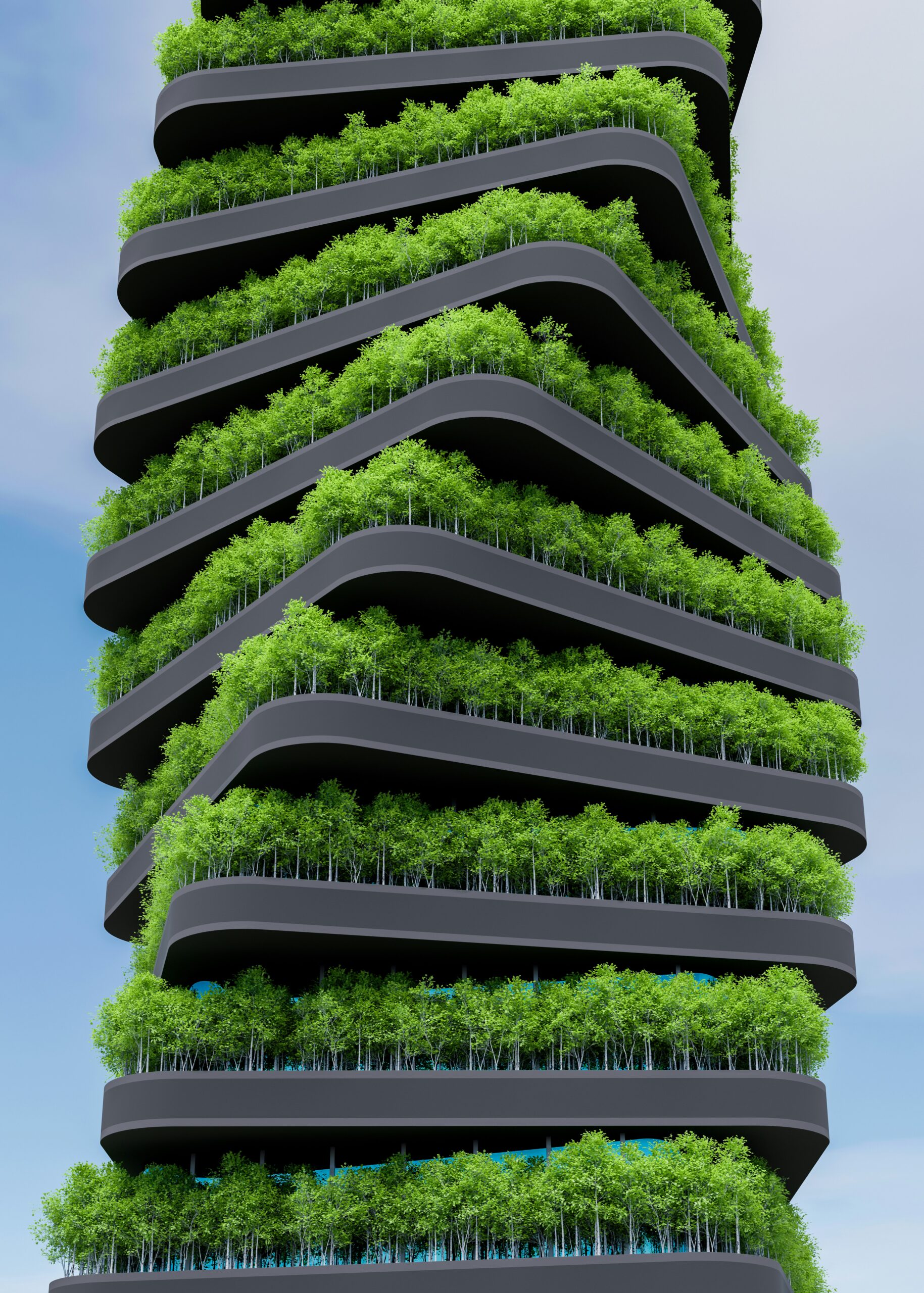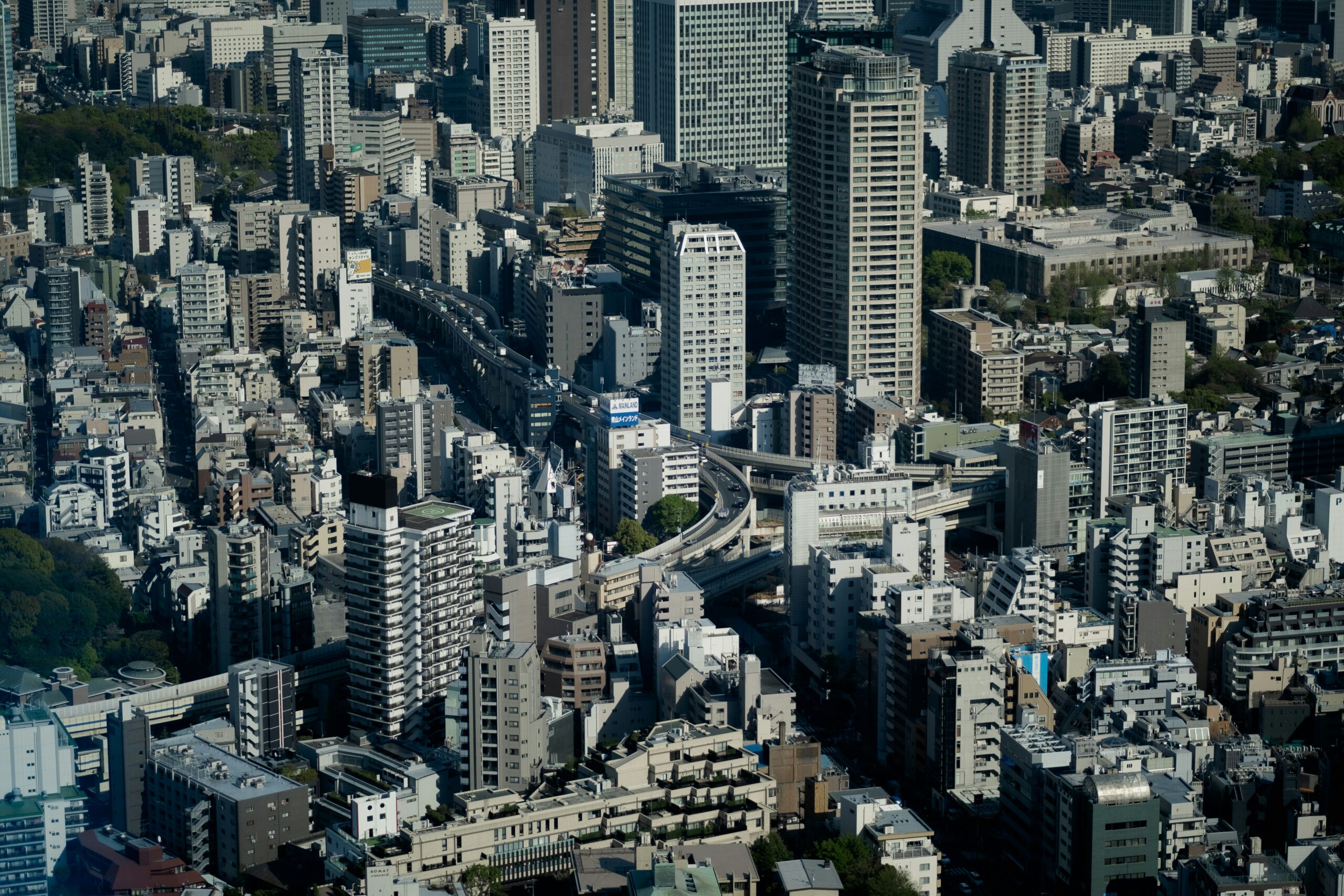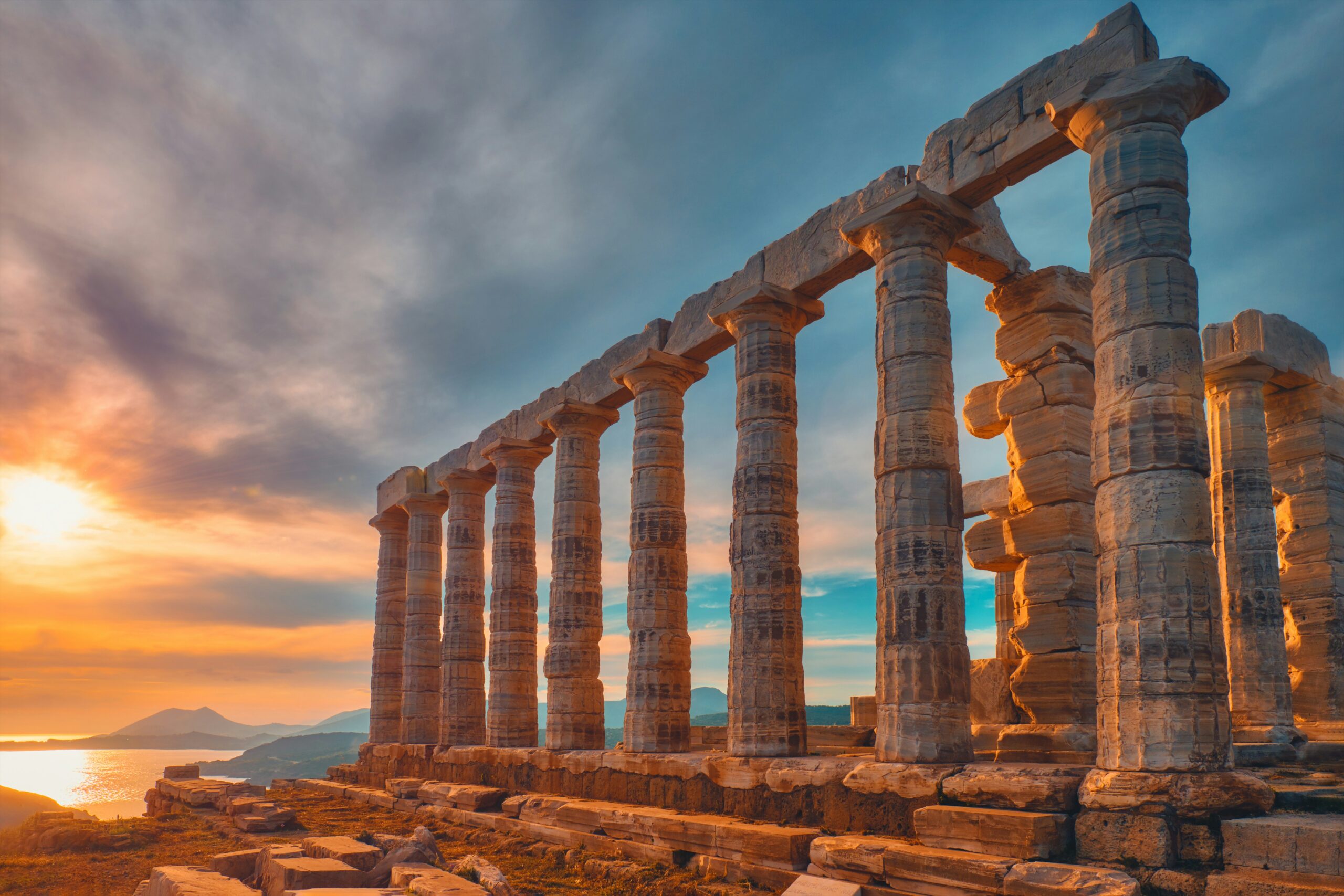What Are Green Roofs and Vertical Gardens?
Green Roofs: Green roofs are rooftops covered with vegetation instead of traditional materials like concrete or tiles. They consist of layers, including waterproofing, soil, and plants, making them sturdy and sustainable.
Vertical Gardens: Also known as living walls, vertical gardens are installations of plants that grow vertically using a structure attached to the wall. These can be self-sustaining systems with built-in irrigation or simpler designs requiring manual watering.
Both innovations work harmoniously to bring natural spaces into urban environments where ground space is limited.
Why Cities Need Green Roofs and Vertical Gardens
Modern cities generate a significant portion of global carbon emissions and are often referred to as “heat islands” due to vast expanses of rooftops and pavements that retain heat. When green infrastructure, like green roofs and vertical gardens, is implemented, it has multiple far-reaching benefits.
Key Benefits of Green Roofs
| Feature | Benefit |
|---|---|
| Urban Cooling | Reduces urban heat island effect |
| Energy Efficiency | Improves insulation, lowering energy use |
| Stormwater Management | Absorbs rainwater, reducing runoff |
| Biodiversity | Provides habitat for birds and pollinators |
| Air Quality | Filters pollutants and generates oxygen |
| Noise Reduction | Diminishes city noise levels |
| Improved Aesthetics | Enhances visual appeal of buildings |
| Longer Roof Lifespan | Protects roof layers, reducing wear and tear |
Vertical Gardens’ Unique Advantages
- Space-Saving Design: Ideal for dense urban areas with limited horizontal space.
- Indoor and Outdoor Use: Can be installed inside buildings for improved air quality.
- Mental Health Benefits: Green walls promote well-being and reduce stress.
- Branding Potential: Businesses often use vertical gardens as eco-friendly design statements.
Real-world Examples of Green Roofs and Vertical Gardens
Bosco Verticale (Milan, Italy)
Designed by architect Stefano Boeri, the Bosco Verticale (“Vertical Forest”) is an iconic example of vertical gardens on a large scale. Two residential towers feature over 900 trees and 20,000 plants within their design, reducing CO2 while offering residents a green oasis amidst a bustling city.
The Chicago City Hall Green Roof
Installed to combat urban heat, Chicago’s City Hall green roof lowers indoor temperatures, absorbs rainwater, and serves as a model for sustainable design in government buildings.
Sydney’s One Central Park
This multi-award-winning building boasts a stunning vertical garden created by Patrick Blanc. The combination of greenery and mirrors reflects light into the apartments and reduces residents’ reliance on artificial lighting.
How Green Roofs and Vertical Gardens Work
- Installation: Green roofs require a layered system, including a waterproof membrane, drainage system, and soil substrate, while vertical gardens rely on structures like panels or wire grids to hold plants.
- Plant Selection: Native and drought-resistant plants, like succulents or wildflowers, thrive in these systems, requiring minimal maintenance.
- Irrigation: Advanced irrigation systems can make vertical gardens self-sustaining, whereas green roofs often rely on rainwater.
Challenges and Solutions
While the benefits are clear, implementing green infrastructure does come with challenges:
- Cost: Initial installation can be expensive, but these costs are offset by energy savings and increased property value over time.
- Maintenance: Plants require care, but automated irrigation reduces the burden.
- Structural Load: Green roofs add weight to buildings, which can be managed with lightweight soil alternatives or consulting structural engineers.
Tips for Incorporating Green Infrastructure in Your City
- Start Small: A simple green roof installation or small vertical garden can make a difference.
- Collaboration: Partner with architects, city councils, or nonprofits to fund and implement projects.
- Community Engagement: Educate residents on the benefits and encourage them to adopt green practices.
- Policy Advocacy: Push for urban planning policies that mandate or incentivize green roofs in new developments.
The Future of Urban Design
The integration of green roofs and vertical gardens hints at a future where cities and nature coexist harmoniously. Beyond transforming cityscapes, these innovations represent a shift in how we think about urban design, environmental conservation, and community well-being.
The global movement toward sustainable cities is on the rise—so why not bring it to your city? Whether you’re an urban planner envisioning greener neighborhoods, an architect designing the next eco-building, or a resident advocating for cleaner air, there’s a way for everyone to take part.
Looking to get started on your green project? Connect with local experts or consult free resources online to make your vision a reality. Take that first step today toward building a city everyone can thrive in.




Leave a Reply